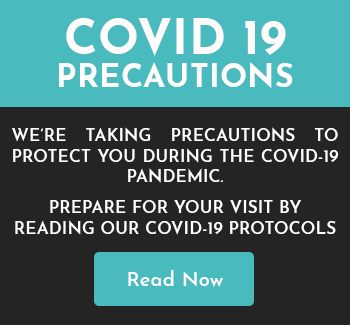You may know that early detection is the key to successful skin cancer treatment. In some cases, potentially harmful skin growths can be identified and treated before they even become cancerous. These growths, called actinic keratoses, are caused by UV damage to skin, and about one in ten will evolve into skin cancer. Fortunately, an actinic keratosis can easily be removed with various treatments available at Khrom Dermatology in Brooklyn, NY.
Identifying precancerous growths
Because these lesions appear quite minor, many people assume they are harmless. It is important to know the warning signs and see a dermatologist promptly if you think you may have an actinic keratosis.
- Dry, scaly, or rough lesion, usually less than an inch in diameter
- The spot may be slightly raised or flat, occasionally with a hard surface
- The color can range from red to pink or brown, and sometimes flesh-colored
- The affected area usually burns or itches
- Actinic keratosis is usually found on the face, hands, or other areas with frequent sun exposure
Treatment
Although actinic keratoses do not always become cancerous, there is no way of telling which ones will. Therefore, it is strongly recommended that these growths be removed as preventive treatment. Additionally, people with a history of actinic keratoses should take extra sun protection precautions and undergo frequent cancer screenings.
The best treatment depends on the number and size of actinic keratoses, where on the body they are located, and other factors. They may be removed by surgical excision, laser surgery, skin resurfacing, chemical peeling, or other procedures. After an examination, your provider will discuss what options are available to you and devise a personalized treatment plan.
If you have suspicious lesions or skin growths of any kind, please don’t take chances. Call us at 718-751-0674 and schedule an appointment right away.


